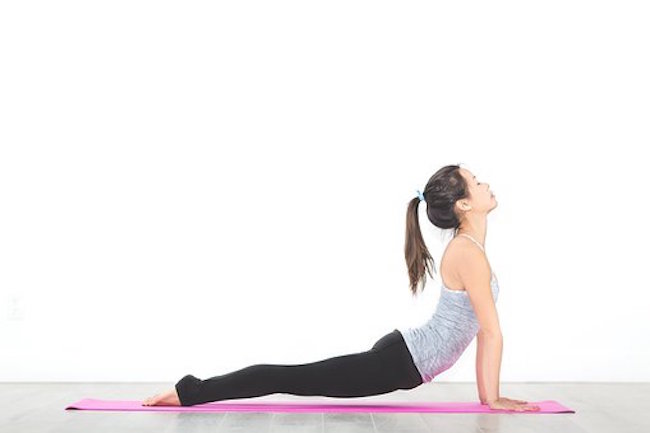Simple stretches for lower back pain by Dr. Joseph Mercola for Mercola
Back pain is not a disease, but rather may show up as myriad symptoms with no known cause. It affects people of all ages and races as well as both genders. The World Health Organization1 states it’s difficult to estimate the incidence, as your first episode likely happens by early adulthood and the symptoms of low back pain often recur over time.
The lifetime prevalence for anyone experiencing back pain at some point in their lives is estimated to be 60% to 70% in industrialized countries. It is the leading cause of mobility limitation and work absence, and it imposes a high economic burden for Americans, estimated at $100 billion in health care costs, lost wages and lost productivity every year.2
Researchers have found the prevalence increases beginning in the third decade of life3 and that it’s the single leading cause of disability, preventing many from engaging in everyday activities.4 It is one of the most common reasons for people to miss work and is the third most common reason people visit the doctor’s office.
Many cases are related to mechanical or nonorganic causes, which means they are not triggered by a condition such as arthritis, fracture or cancer.5 In one meta-analysis6 of 13 studies, researchers evaluated the prevalence and incidence of low back pain and found nine studies that identified risk factors including age, sex and race.
In four other studies the researchers identified high intensity physical activity, high spinal loading, lifting, bending and twisting as risk factors for low back pain.7 Although age, sex and race are not controllable, the activity factors are and respond well to lifestyle adjustments.
Stretches help mobilize your lower back
Your back and spine support much of your body’s weight while your abdominal core muscles help support your spine. Once you experience lower back pain, it may be a challenge to get up and move, but you’ll find low-impact activity often helps reduce the pain. It also speeds healing. Exercise and movement help to loosen tense muscles that cause pain.




